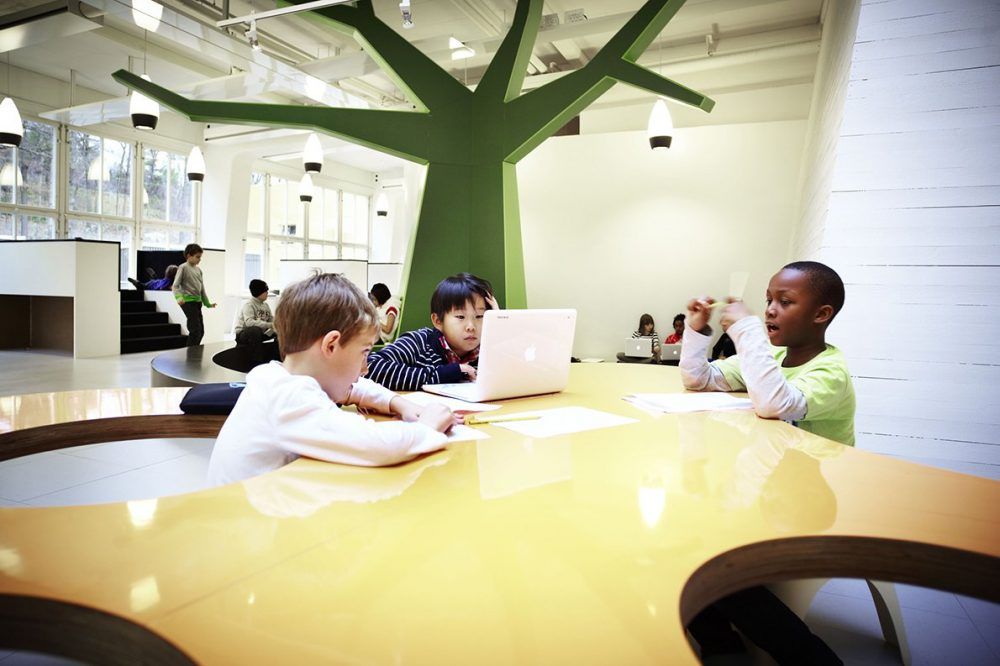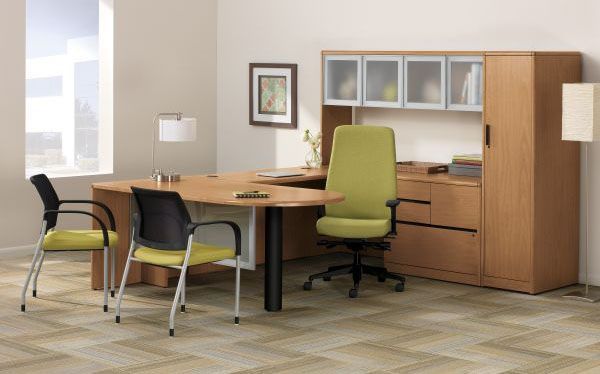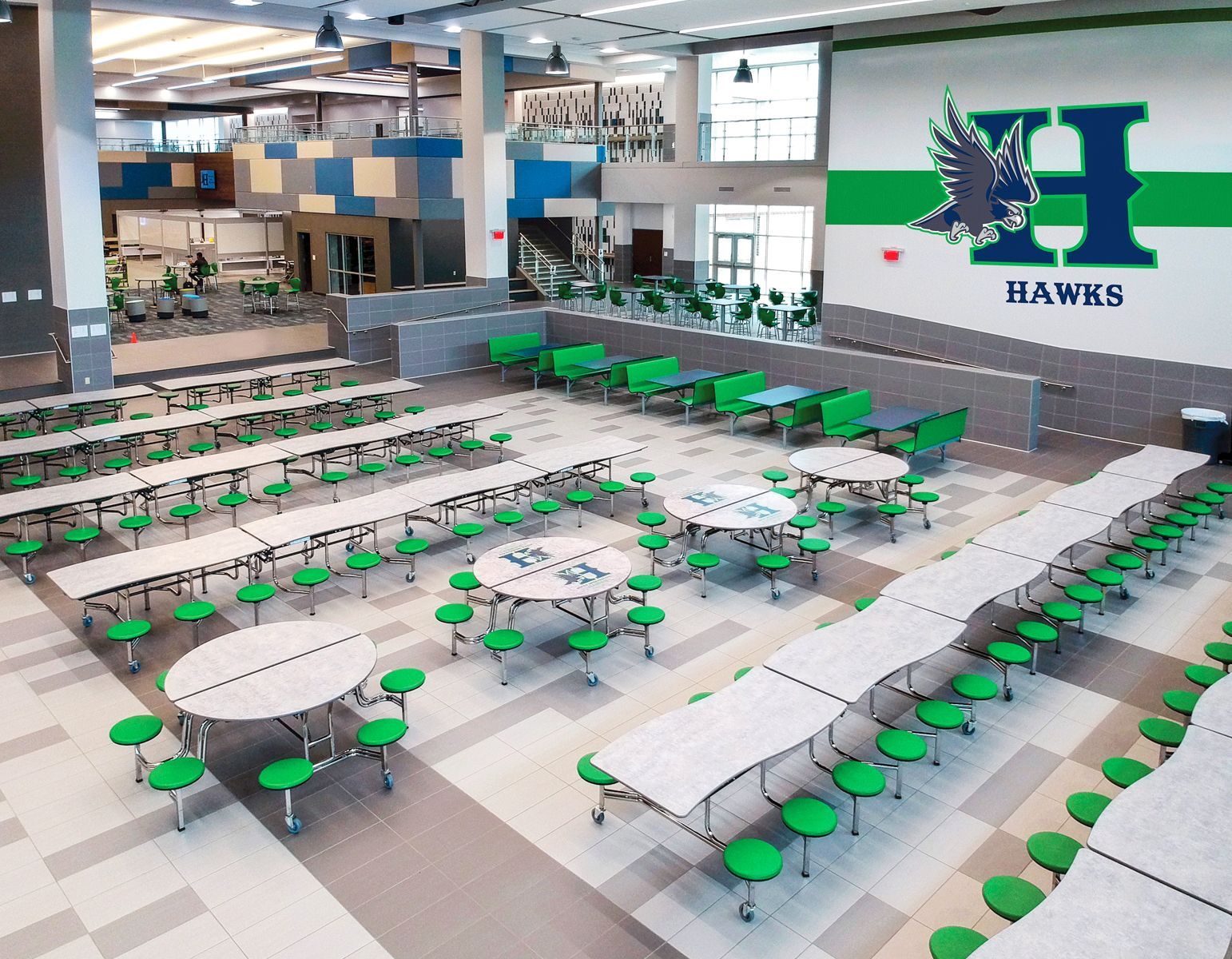Creating Sustainable Learning Spaces: The Latest Trends in Eco-Friendly School Furniture
As school leaders and principals, you understand the importance of creating a conducive learning environment for students.

In recent years, there has been a growing trend towards sustainability in school interiors, including furniture design. By embracing eco-friendly furniture trends, you can not only reduce your school's environmental impact but also create healthier and more inspiring spaces for students and staff.
Let's explore some of the latest sustainable furniture trends and designs that are transforming school interiors.
Use of Recycled Materials:
One of the key trends in sustainable furniture design is the use of recycled materials. Manufacturers are repurposing materials such as plastic bottles, wood scraps, and even ocean plastic to create durable and stylish furniture pieces. By choosing furniture made from recycled materials, schools can help reduce waste and promote a circular economy.
According to the Environmental Protection Agency (EPA), recycling one ton of plastic can save up to 2,000 pounds of oil and reduce greenhouse gas emissions by equivalent to taking a car off the road for almost six months.
John Green, CEO of EcoFurnish Solutions, emphasizes the impact of recycled materials in furniture design: "Using recycled materials not only reduces waste but also helps conserve natural resources, making it a win-win for schools and the environment."
Modular and Flexible Furniture:
Modular and flexible furniture designs are gaining popularity in schools due to their versatility and adaptability. These designs allow for easy reconfiguration of spaces to accommodate different learning activities and group sizes. Additionally, modular furniture is often designed to be lightweight and easy to move, promoting collaborative and interactive learning environments.
According to a study by the University of Salford, flexible classroom design can lead to a 25% improvement in student performance, as it enhances engagement and motivation.
Sarah Thompson, an interior designer specializing in educational spaces at GreenSpace Designs, highlights the benefits of modular furniture: "Modular designs promote active learning and collaboration, enabling schools to create dynamic and engaging environments that support 21st-century teaching and learning."
Sustainable Materials and Finishes:
Schools are increasingly opting for furniture made from sustainable materials such as FSC-certified wood, bamboo, and cork. These materials are not only renewable but also have low environmental impact compared to traditional materials. Additionally, schools are choosing finishes and coatings that are non-toxic and low in volatile organic compounds (VOCs) to improve indoor air quality.
According to the Forest Stewardship Council (FSC), FSC-certified wood comes from forests that are responsibly managed, ensuring the protection of wildlife, plants, and local communities.
Mark Johnson, a sustainable design consultant at EcoInteriors, emphasizes the importance of sustainable materials: "By choosing furniture made from sustainable materials, schools can reduce their carbon footprint and create healthier indoor environments for students and staff."
Incorporating sustainable furniture trends and designs in school interiors not only benefits the environment but also enhances the learning experience for students. By choosing furniture made from recycled materials, opting for modular and flexible designs, and selecting sustainable materials and finishes, school leaders and principals can create inspiring and eco-friendly learning spaces that promote student well-being and academic achievement. As you plan for the future of your school, consider the impact that sustainable furniture can have on your students, your staff, and the planet.



